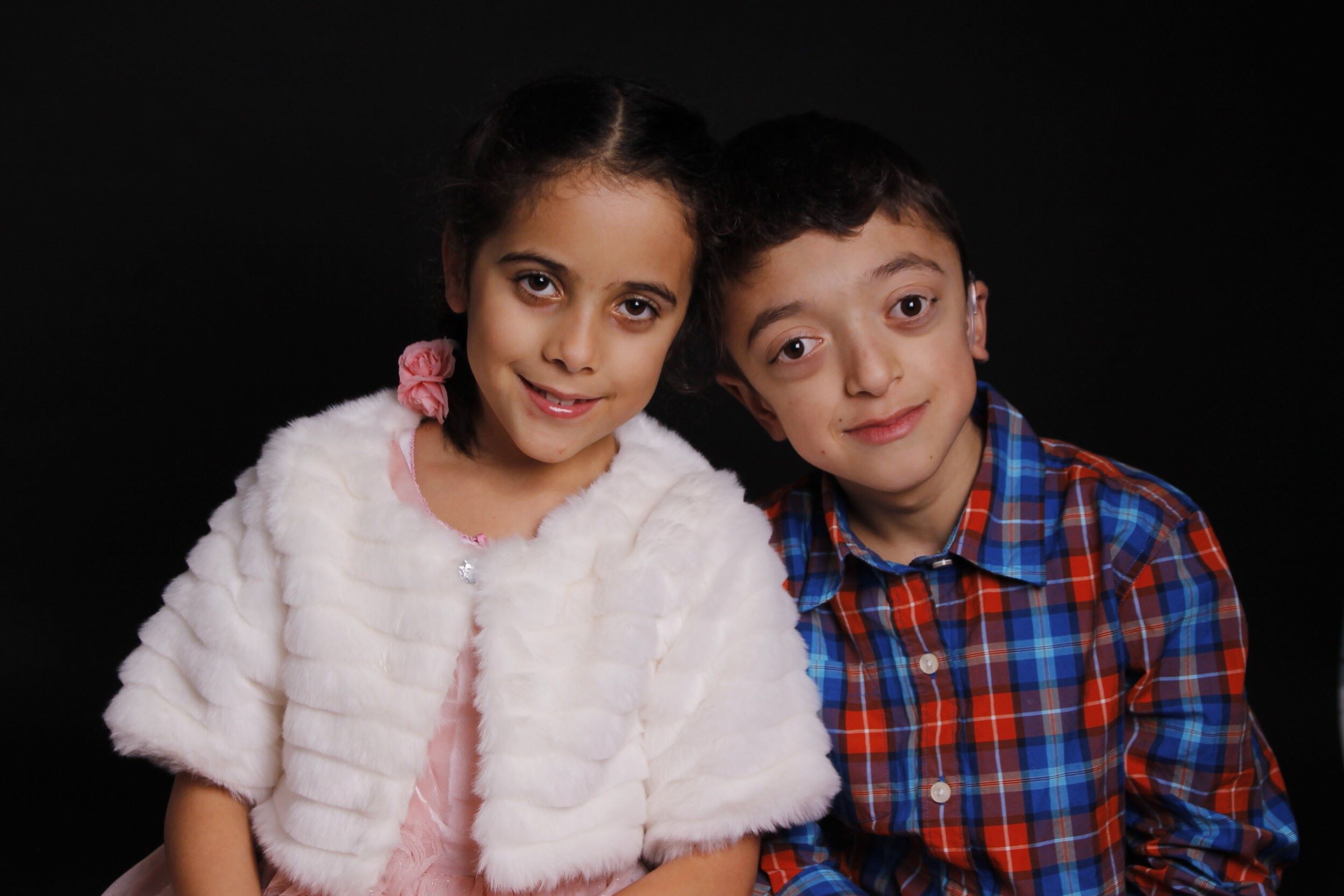
Crouzon Syndrome is a rare genetic disorder that affects the development of the skull and face. Caused by mutations in the FGFR2 gene, this condition leads to the premature fusion of certain skull bones, a process known as craniosynostosis. This early fusion prevents the skull from growing normally and affects the shape of the head and face. Symptoms can include a high, prominent forehead, wide-set eyes, a beaked nose, and an underdeveloped upper jaw. Crouzon Syndrome can also impact hearing and vision due to the abnormal skull shape. Treatment often involves surgery to correct skull and facial abnormalities, improving both function and appearance. Understanding this condition helps in providing better care and support for those affected.
What is Crouzon Syndrome?
Crouzon Syndrome is a rare genetic disorder that affects the development of the skull and facial bones. Named after the French physician Octave Crouzon, who first described it in 1912, this condition can lead to various physical and sometimes neurological challenges.
-
Genetic Mutation: Crouzon Syndrome is caused by mutations in the FGFR2 gene. This gene plays a crucial role in bone development and maintenance.
-
Inheritance Pattern: The syndrome follows an autosomal dominant inheritance pattern. This means only one copy of the altered gene is needed to cause the disorder.
-
Craniosynostosis: One of the hallmark features is craniosynostosis, where the skull bones fuse prematurely. This can affect the shape of the head and face.
-
Facial Characteristics: Individuals often have distinctive facial features, including a beaked nose, protruding eyes, and underdeveloped upper jaw.
-
Eye Problems: Due to shallow eye sockets, people with Crouzon Syndrome may experience vision problems, including strabismus (crossed eyes) and exposure keratitis.
How Common is Crouzon Syndrome?
Understanding the prevalence of Crouzon Syndrome can help in grasping its rarity and the importance of awareness.
-
Rare Condition: Crouzon Syndrome occurs in approximately 1 in 60,000 live births. This makes it a rare genetic disorder.
-
Equal Gender Distribution: The syndrome affects males and females equally, with no significant difference in prevalence between genders.
-
Ethnic Distribution: It occurs in all ethnic groups, showing no particular predilection for any specific population.
Symptoms and Complications
The symptoms of Crouzon Syndrome can vary widely among individuals. Here are some common complications and symptoms associated with the condition.
-
Hearing Loss: Some individuals may experience hearing loss due to abnormalities in the ear structures.
-
Dental Issues: Dental problems, such as crowded teeth and malocclusion (misaligned bite), are common.
-
Breathing Difficulties: Narrow nasal passages and underdeveloped midface can lead to breathing problems, especially during sleep.
-
Hydrocephalus: In some cases, fluid buildup in the brain, known as hydrocephalus, can occur, requiring medical intervention.
-
Developmental Delays: While intelligence is usually normal, some children may experience developmental delays due to complications.
Diagnosis and Treatment
Early diagnosis and appropriate treatment can significantly improve the quality of life for those with Crouzon Syndrome.
-
Prenatal Diagnosis: Genetic testing can sometimes diagnose Crouzon Syndrome before birth if there is a known family history.
-
Imaging Techniques: CT scans and MRIs are often used to assess the extent of craniosynostosis and other skeletal abnormalities.
-
Surgical Interventions: Surgery is commonly required to correct skull and facial deformities, often performed in stages as the child grows.
-
Multidisciplinary Approach: Treatment typically involves a team of specialists, including geneticists, neurosurgeons, ophthalmologists, and orthodontists.
-
Speech Therapy: Some children may benefit from speech therapy to address issues related to dental and facial abnormalities.
Living with Crouzon Syndrome
Living with Crouzon Syndrome involves ongoing medical care and support. Here are some aspects of daily life for individuals with this condition.
-
Support Groups: Joining support groups can provide emotional support and practical advice for families affected by Crouzon Syndrome.
-
Regular Monitoring: Continuous monitoring by healthcare professionals is essential to manage and treat complications as they arise.
Understanding Crouzon Syndrome
Crouzon Syndrome, a genetic disorder, affects the development of the skull and face. Early diagnosis and treatment can significantly improve quality of life. Symptoms include abnormal head shape, bulging eyes, and dental issues. Genetic testing confirms the diagnosis, while treatments range from surgery to orthodontics. Support from healthcare professionals and community resources is crucial for families.
Awareness and education about Crouzon Syndrome help reduce stigma and promote early intervention. By staying informed, families can better navigate the challenges and advocate for their loved ones. Remember, every individual with Crouzon Syndrome has unique needs and strengths.
Knowledge empowers us to provide the best care and support. Keep learning, stay connected with support groups, and consult healthcare providers for the latest treatments. Together, we can make a difference in the lives of those affected by Crouzon Syndrome.
Was this page helpful?
Our commitment to delivering trustworthy and engaging content is at the heart of what we do. Each fact on our site is contributed by real users like you, bringing a wealth of diverse insights and information. To ensure the highest standards of accuracy and reliability, our dedicated editors meticulously review each submission. This process guarantees that the facts we share are not only fascinating but also credible. Trust in our commitment to quality and authenticity as you explore and learn with us.


